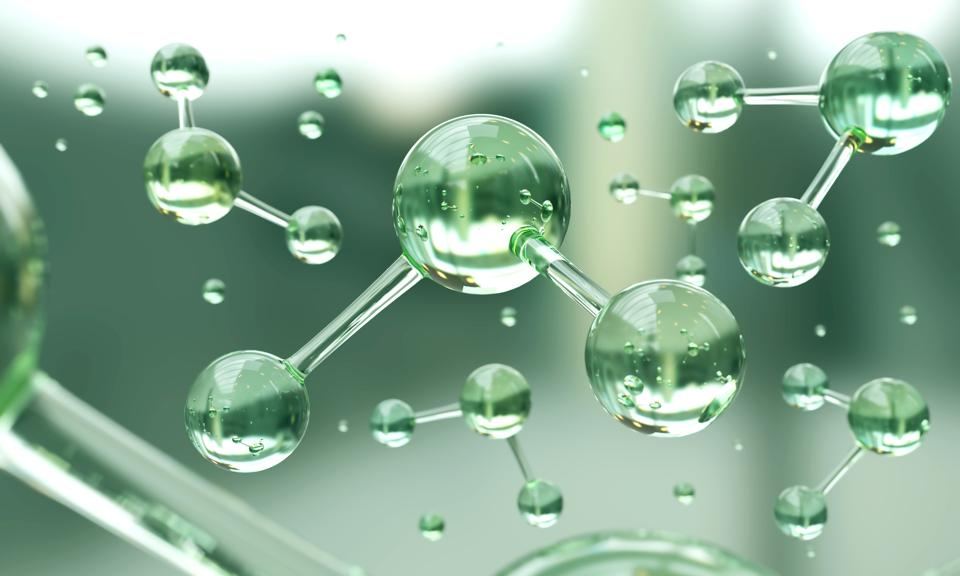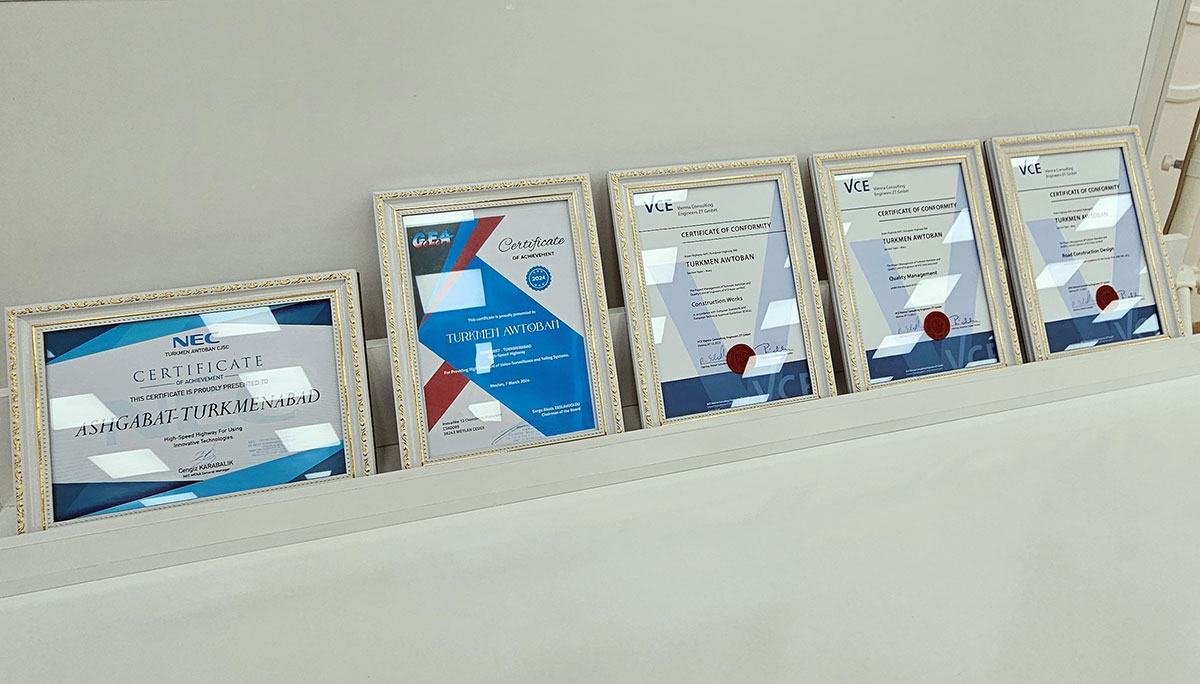Specialists of the "Energy Saving" laboratory of the Technology Center of the Academy of Sciences of Turkmenistan are scientifically developing ways to "extract" a cheap alternative energy source, in particular, "green" hydrogen. This term means environmentally friendly fuel, with which in the future it is possible to replace fossil sources of electrical energy. The object for the experiments will be the water area of the created lake "Altyn Asyr". Scientists will use a unique biocatalyst. By collecting surface water from the Turkmen lake and adding unicellular algae to it in a prescribed proportion, hydrogen will be produced in the Heliobarzh installation through the intensification of the photosynthesis process under the influence of sunlight.
- As you know, in nature, some types of microorganisms, bacteria, blue-green microalgae, under the influence of light, vigorously produce hydrogen. Algae can produce hydrogen from sea water, even from the waste waters of the Altyn Asyr Lake,” says the head of the laboratory, Meredmukhamed Begenjovich Khudaiberdyev. “The process of biological water splitting, accompanied by hydrogen release, is carried out in a closed photobioreactor by unicellular green algae. This biohydrogen generation technology is based on the adaptive switching of algal photometabolism in response to non-optimal environmental conditions. In other words, if algae do not have enough oxygen and sulfur, then their photosynthesis processes are sharply weakened, and rapid production of hydrogen begins.
In the long term, however, a transition to renewable energy sources is necessary, since one of the main goals of the introduction of hydrogen energy is to reduce greenhouse gas emissions. To reduce carbon emissions in manufacturing industries, it is possible to use hydrogen produced using low-carbon technologies. Such sources can be wind energy or solar energy, which allows electrolysis of water. To do this, it is possible to apply technologies for capturing and storing carbon dioxide, as well as water electrolysis, primarily using the energy of hydro, wind and solar energy facilities.
The areas of the Caspian coast of the country are characterized by increased intensity of wind regimes. Here, the average speed of the wind season per year reaches up to 6 m/s. The northern part of the Central Karakum, according to the degree of wind, occupies the second position after the Caspian coast. According to available data, wind electricity resources here reach up to 600-800 kWh/m2 per year. The daily change in wind speed is more noticeable near the sea and large lakes. It changes depending on the height. At about 60 meters from the ground, the wind speed is high and stable. Studies have shown that wind speed increases by 12% at a distance of 2 meters from earthen vegetation in agriculture and desert areas.
The introduction of tower-type solar wind turbines with a capacity of 1 MW provides an opportunity to reduce the amount of CO2 emissions into the environment by -1800 tons, SO2 - by 9 tons, nitrogen oxide - by 4 tons. Buildings that produce energy based on the use of solar and wind energy is an important task for the direction of hydrogen energy production.
Considering the possibilities of modern Turkmenistan for the production of hydrogen energy, installations based on solar-wind energy are being carefully studied. A multi-purpose solar and wind power plant with a capacity of 10 MW will be built on the territory of the Serdar etrap of the Balkan velayat. The green energy facility will be built in accordance with the Action Plan approved in April 2019 for the implementation of the Concept for the Development of the Altyn Asyr Turkmen Lake Region in 2019–2025. The power plant will generate clean energy, providing reliable and uninterrupted power supply to consumers in the settlements that will appear around the Turkmen Lake. This is a unique project in the history of our country, the implementation of which will increase the capacity of the industry, train national specialized personnel, and create new jobs.








